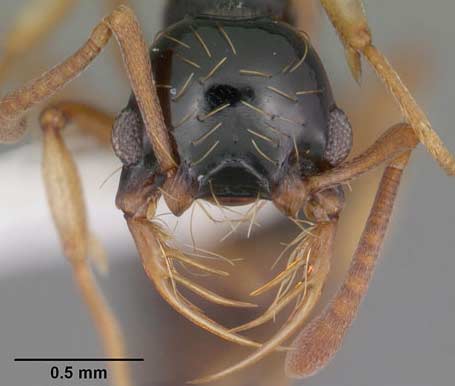Ant Farm

Who are the masters of the earth? Humans or Ants? Perhaps the answer is not clear. For every human there are one million ants. Ants have tighter communities and are better at construction. Humans are better at destruction. Both are good at making war. In any case, as sentient beings, we could stand to learn a thing or two from these successful and ambitious insect species. One way to do that is to build, administer and/or observe an ant farm. The famous biologist E. O. Wilson, who introduced the term biodiversity, has described how he learned a great deal about the diversity of organisms, biological communities and the interlocking dependence of life by observing ants. One reason for that is because ants communicate and operate in such different ways than we do. Although their ways may seem strange or even incomprehensible at first, understanding them helps us imagine and understand the world and nature.
First, you might want to go visit an insect exhibit near you. Many zoos, insectariums, insect zoos, exploratoriums or science museums offer you a chance to see insects and ants up-close. Many of the specimens are dead and mounted for close inspection, which can be good because it is hard to take a good look at anything that is buzzing or crawling around wildly, but there are live exhibits as well. The Smithsonian has an ant exhibit with a live colony. The Toledo Zoo has a leafcutter ant exhibit with eighty feet of clear tubing from a fungal garden to a leaf cutting area. Online, The California Academy of Sciences’ AntWeb is pretty good. You may also be interested in ant or entomology courses.
The next step to intimacy with the ant species is to have an ant farm in your very own bedroom or living room. Then you will become well acquainted with all the details of daily ant business – reproduction, predator defense, construction, community activities, etc. There is one ant farm product called Antworks which has a clear gel for the ants to eat and build tunnels with. This one is more of a novelty item and interesting art piece. The gel was invented for an NASA experiment to test the reactions of ants and their ability to make tunnels in microgravity. You could also go the old-school ant farm route which consists of a layer of sand or dirt between two panes of glass. A wide variety of habitats for ants with plastic tubing or natural settings inside of terrariums can be constructed.
Most purchased ant farms, and of course those you make, do not come with ants. You can order ants. To make some thriving colonies you may want to order some queen ants. However, this could also be the fun part – looking for ants for your ant farm. You will then naturally be curious about which types of ants are available in your region, what characteristics they have and how they can be identified. Are they leafcutter, harvester, carpenter ants, fire ants, or another species? In the local park, if you put down some watermelon or some honey, who is going to come knocking? Or they might be located under logs or digging in the sand. You probably don’t want to mix hostile species. Once you know what kind of ants you have, you will need to know what type of food and materials, and how much, your ants will need. A magnifying glass and a field guide will help you see and recognize the details. Also, if you have kids around, they will naturally want to join in, as long as they haven’t been traumatized by a wasp sting, fire ant bite or something similar. Insects are captivating and fun for everyone.

